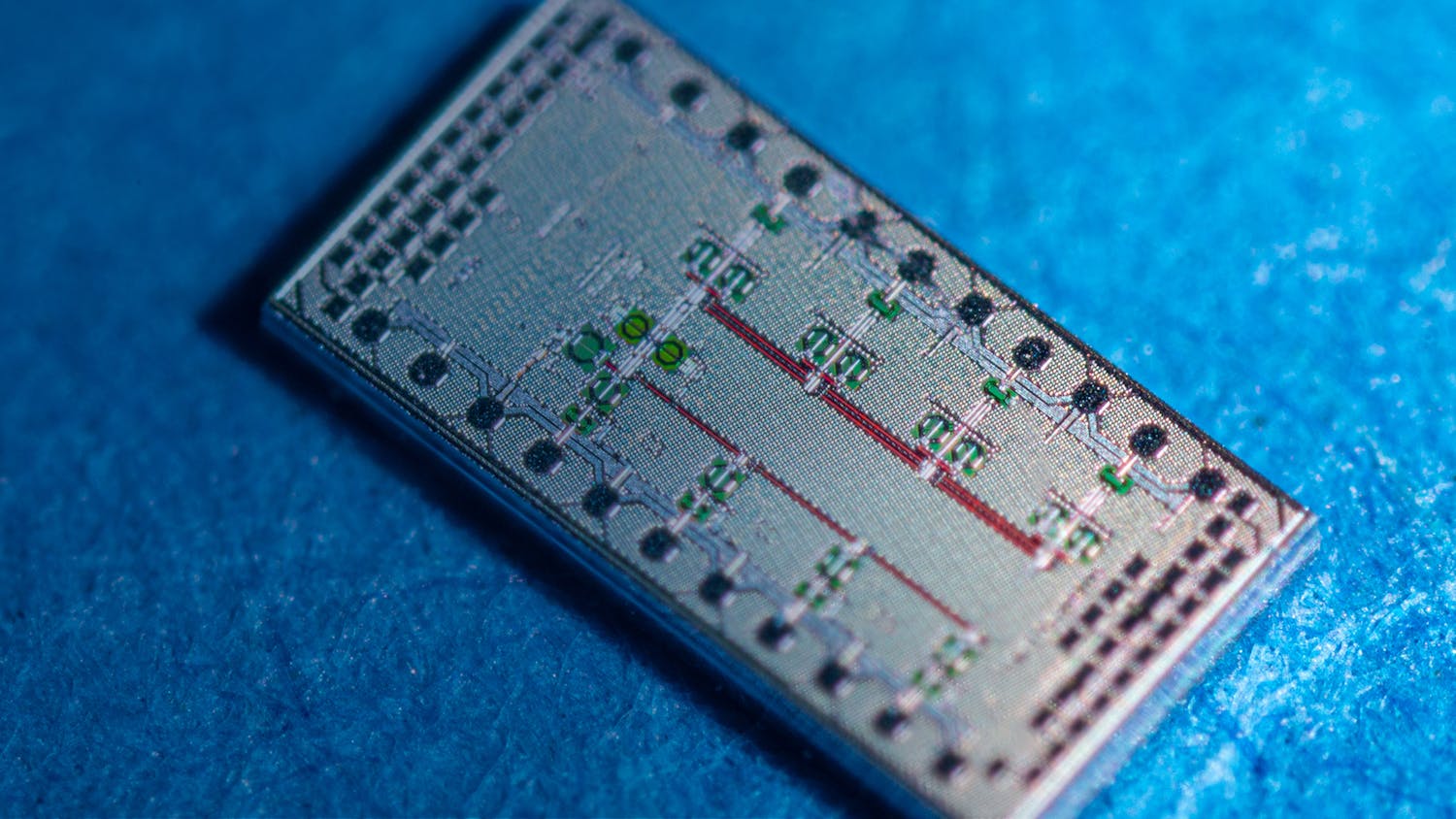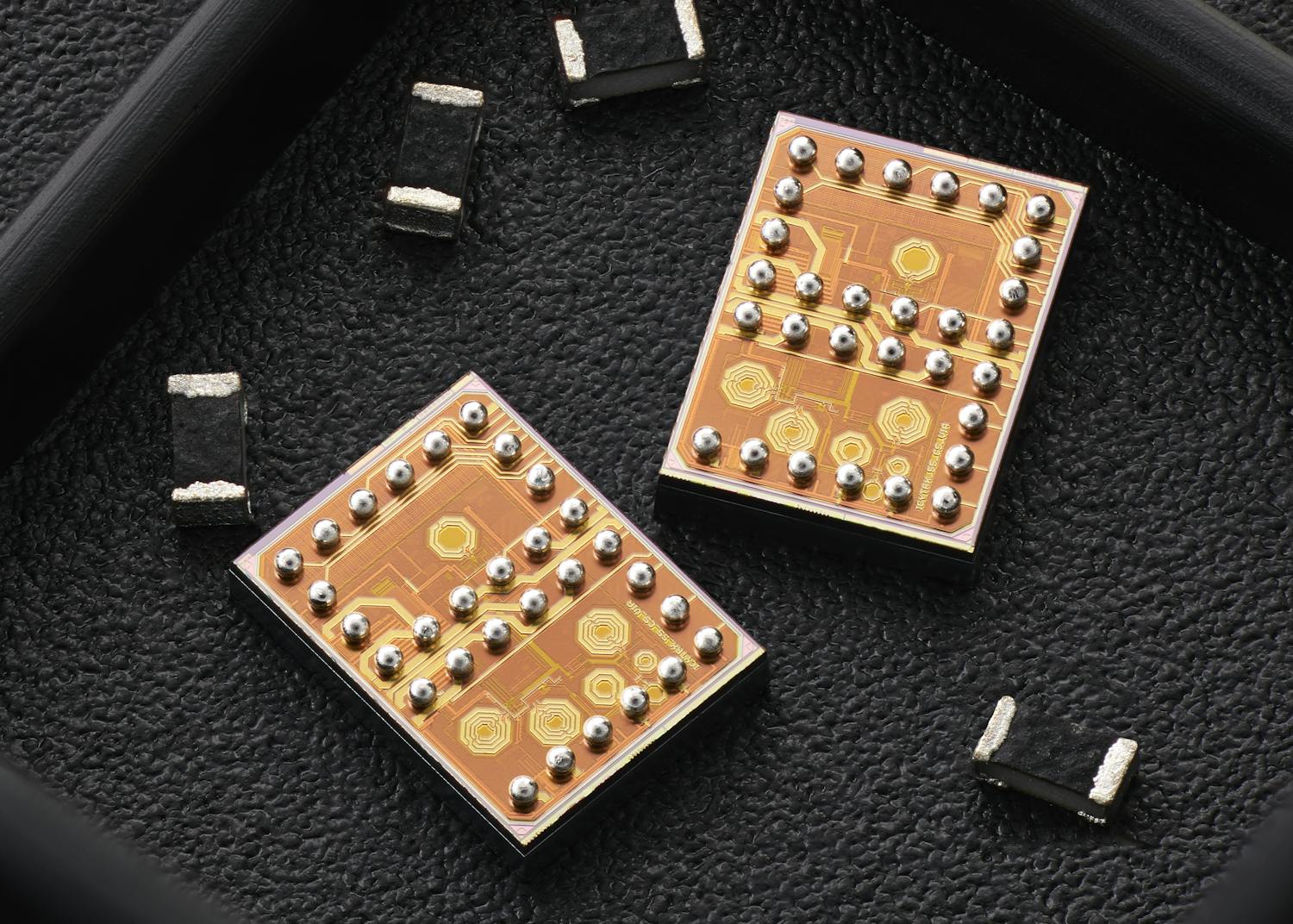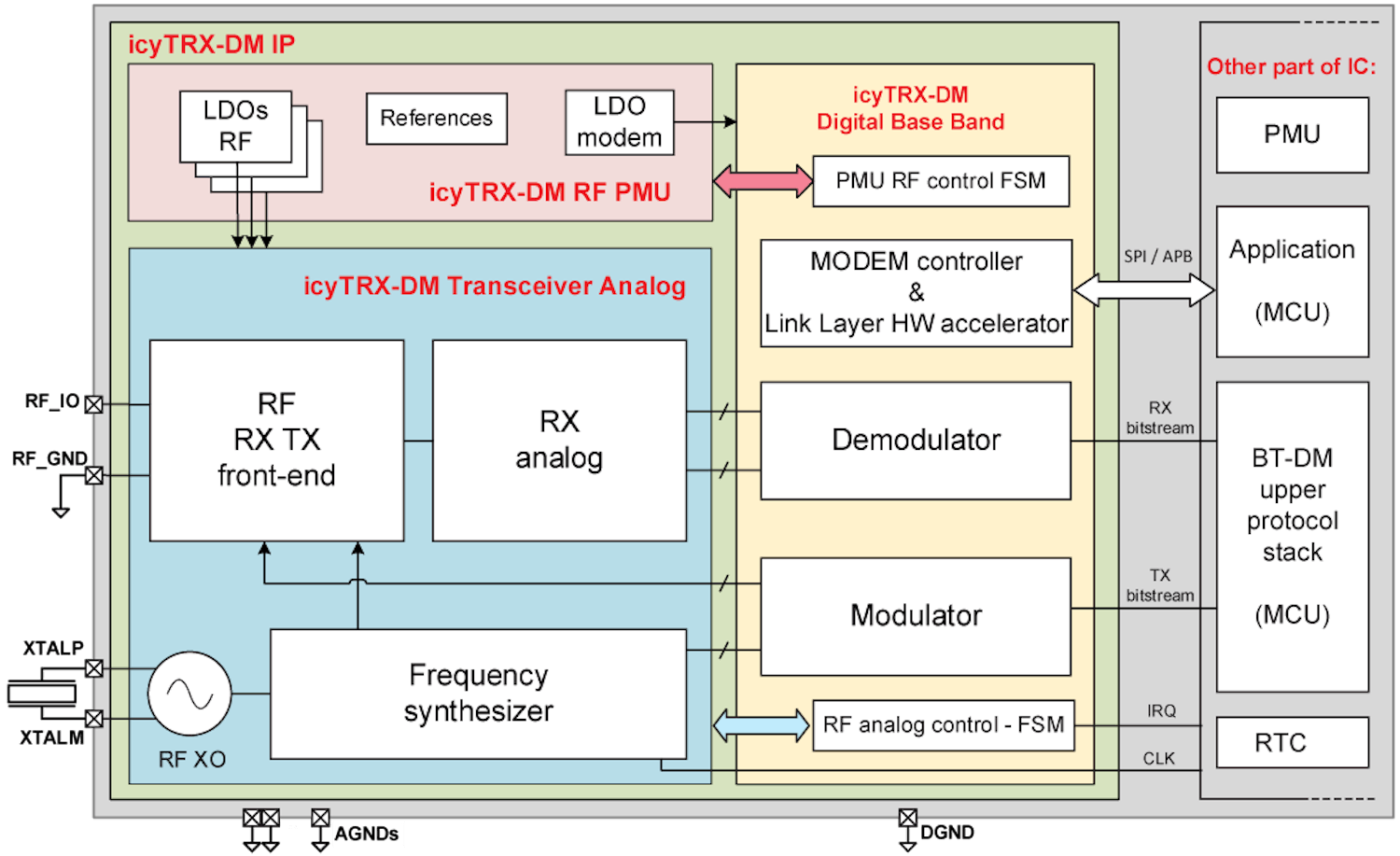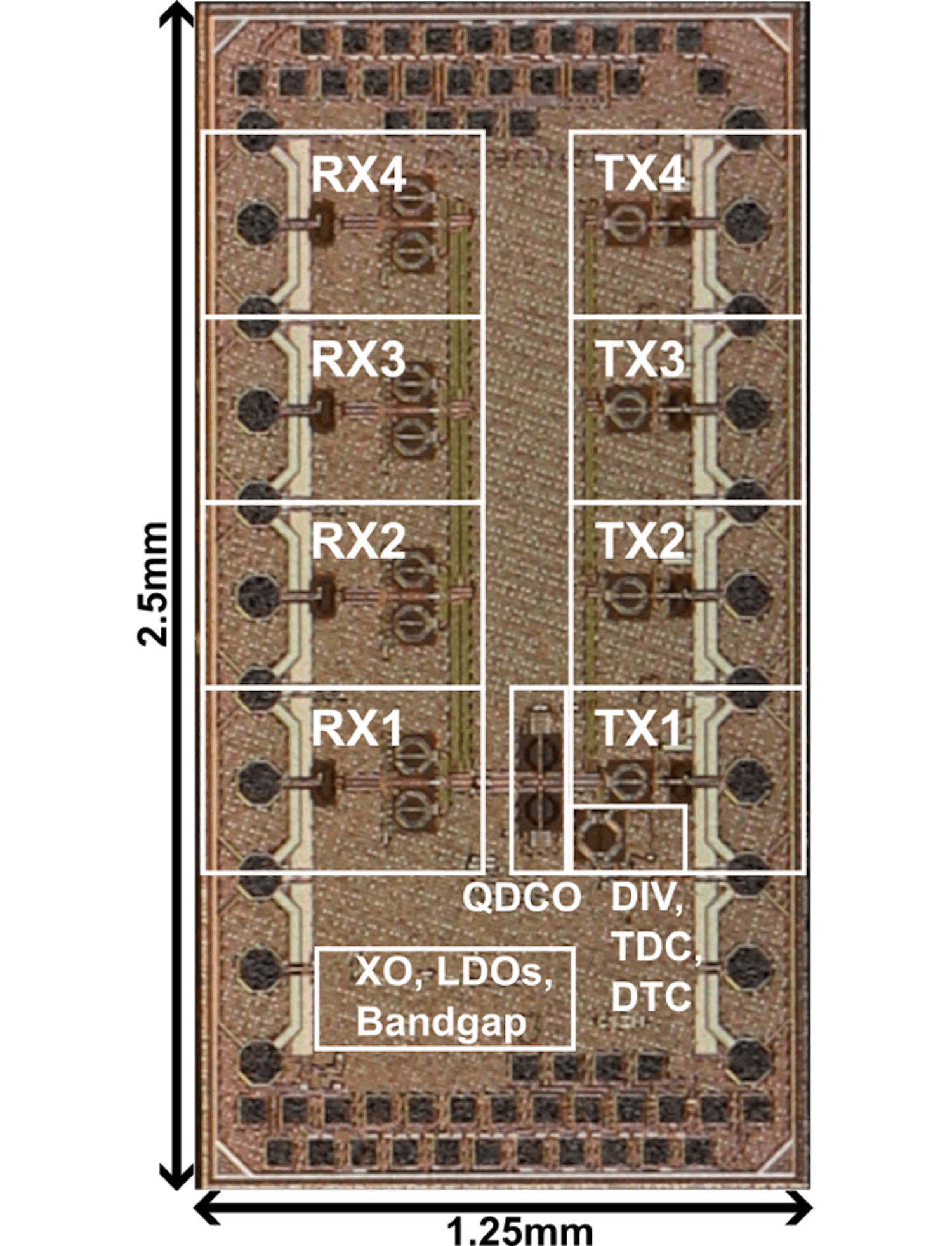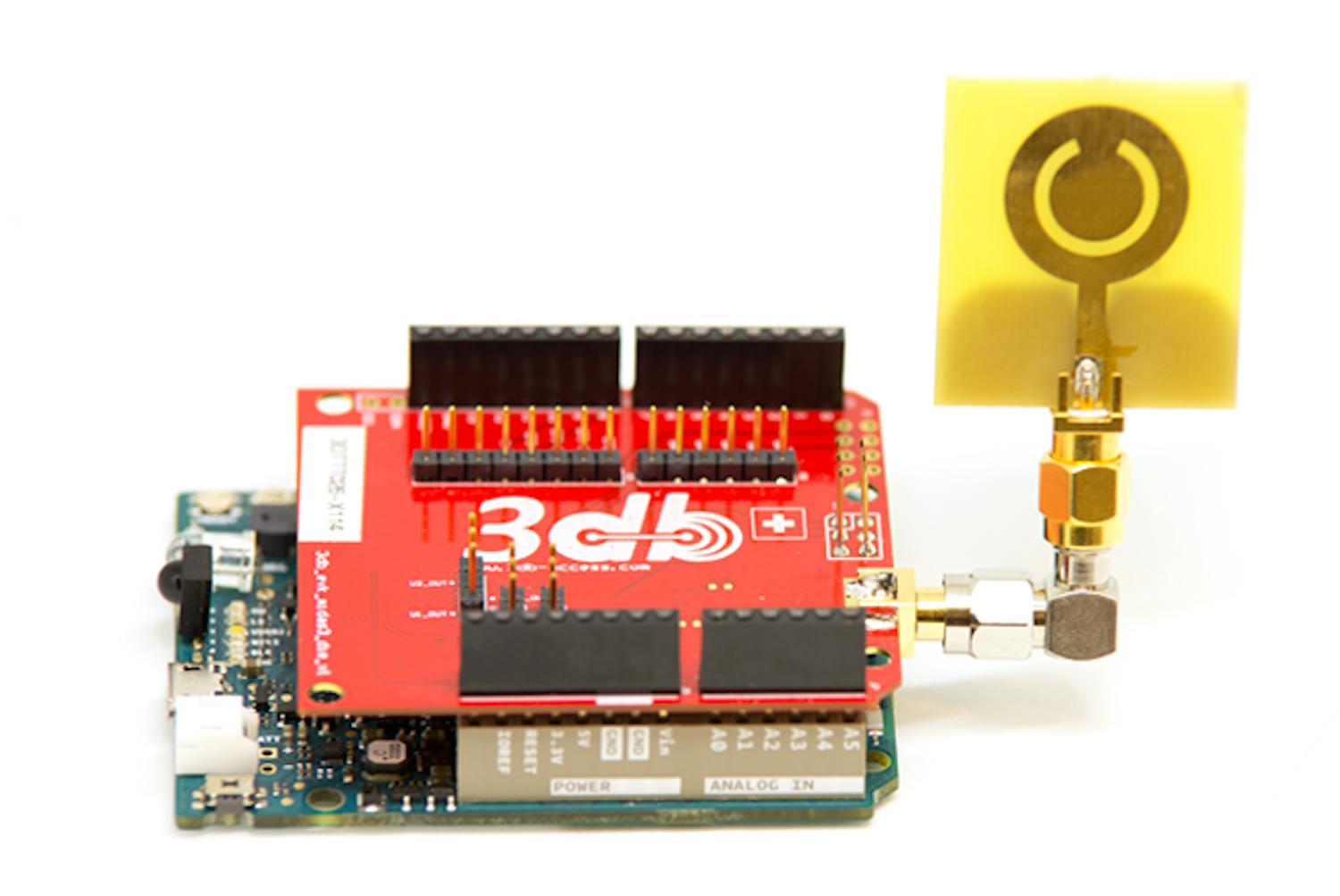60 GHz Radar on Chip
Numerous applications based on close-range RADAR are emerging: in-cabin monitoring systems, man-machine interfaces with gesture or posture recognition, vital-sign monitoring for healthcare, wellness or sleepiness detection, imaging, and various detections systems in different contexts, from home to urban environments.
Convenient RADAR-on-Chip solutions now exist on the market, embedding not only the RF part, but also the signal processing. They tend to be associated with automotive anti-collision market legacy, with long-range detection capability, which are associated with power consumption of several Watts. This level of power consumption is not compatible with portable or long-autonomy miniature sensors.
CSEM’s approach is to leverage its Ultra-Low-Power (ULP) expertise in design and integration of RF CMOS SoCs, to develop a Low-Cost Low-Power 60 GHz Multiple-Input-Multiple-Out (MIMO) Frequency Modulated Continuous Wave (FMCW) RADAR-on-Chip Front-End (MIMO FMCW RADAR).
This 2 mm2 RADAR-on-Chip, integrated into GlobalFoundries® 22FDX FDSOI 22nm, includes:
- 57-66 GHz swept quadrature Digitally Controlled Oscillator,
- Crystal oscillator and fully integrated All Digital Phase Locked Loop (ADPLL),
- Scalable Local Oscillator (LO) distribution to facilitate addition of Transmitter & Receiver channels (Tx & Rx),
- 4-Transmitter with orthogonal Biphase Shift Keying (BPSK) modulations,
- 4-Receiver mixer-first with quadrature down-mixing,
- Digital control including frequency modulation,
- Tunable current and voltage references and distributed voltage regulators.
From 1T1R to 4T4R, power consumption goes from 40 to 100 mW, possibly reduced by duty-cycling the minimum 0.5 ms sweeps.
With integration of analog baseband and digital processing, external components will be limited to a quartz crystal, a pair of supply decoupling capacitors and 50 Ω single-ended antennas.
